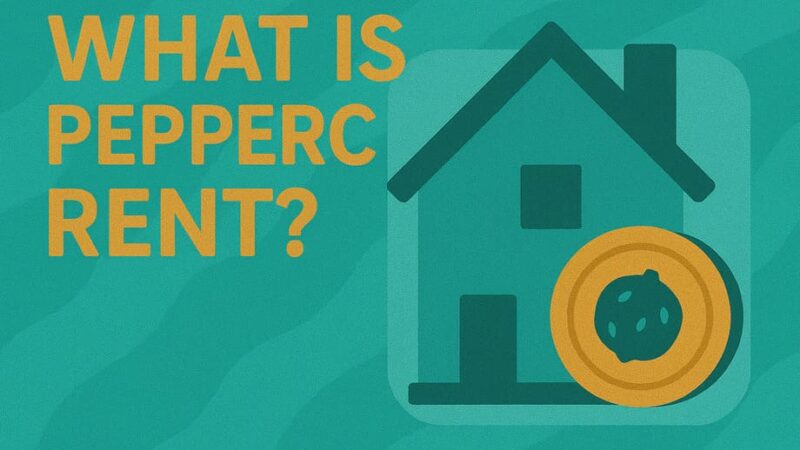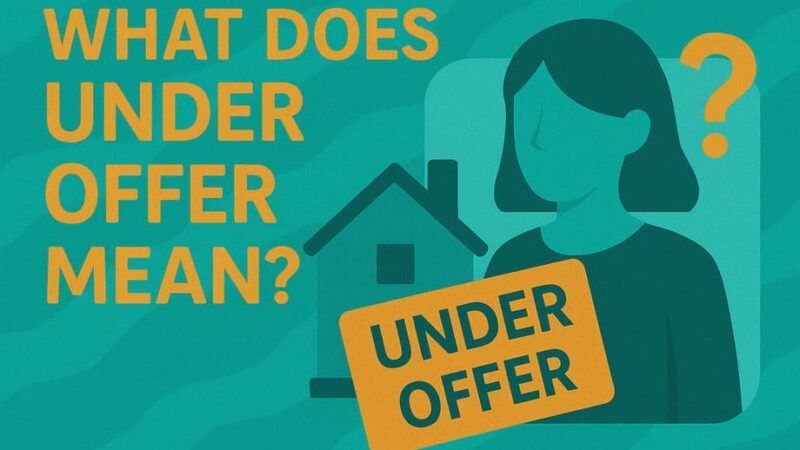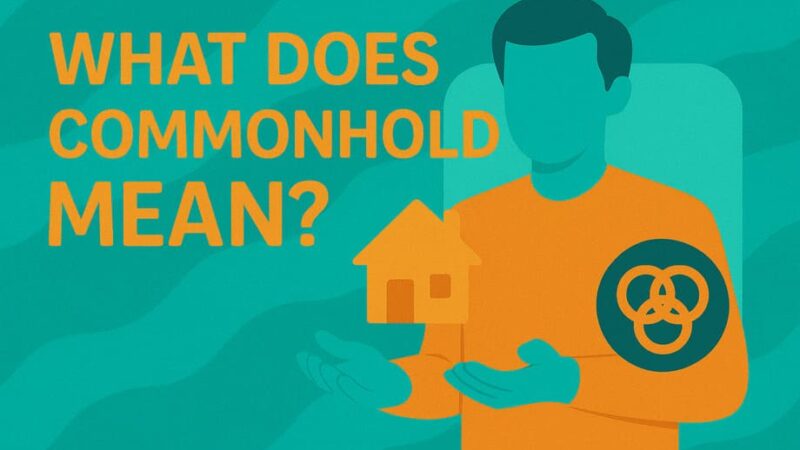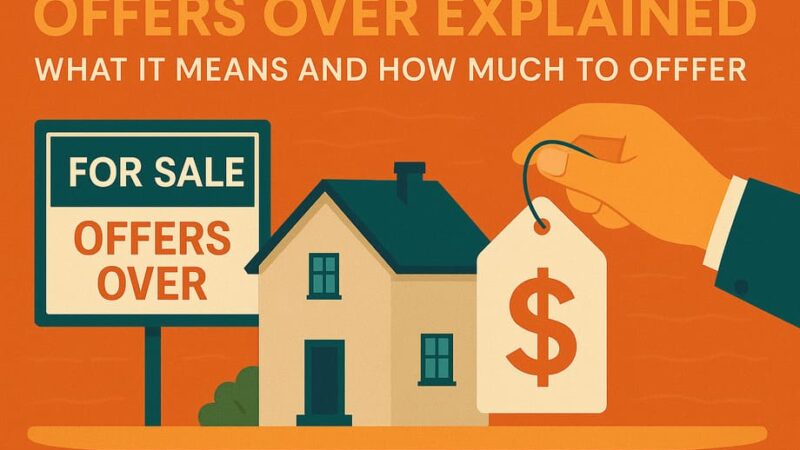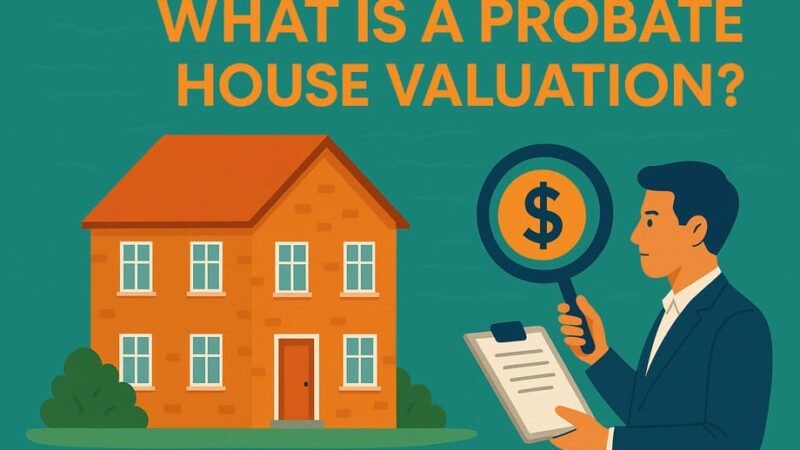How to Calculate Rental Yield in the UK – A Complete Guide for Property Investors

Property investment has become increasingly popular in the UK, with many investors drawn to the potential for both regular income and long-term capital growth. However, before diving into the buy-to-let market, understanding how to calculate rental yield is absolutely crucial. This comprehensive guide will walk you through everything you need to know about rental yield calculations, helping you make informed investment decisions.
What Exactly Is Rental Yield?
Rental yield represents the annual return on your property investment, expressed as a percentage. It’s essentially a measure of how much income your property generates relative to its value. Think of it as the property world’s equivalent to interest rates on savings accounts – it tells you how hard your money is working for you.
Understanding rental yield is vital because it allows you to compare different investment opportunities, assess whether a property will generate sufficient income to cover your costs, and determine if buy-to-let investing aligns with your financial goals.
The Two Types of Rental Yield You Must Know
Gross Rental Yield: The Starting Point
Gross rental yield gives you a basic overview of your property’s earning potential before considering any expenses. It’s calculated using this simple formula:
Gross Rental Yield = (Annual Rental Income ÷ Property Value) × 100
Let’s work through a practical example. Imagine you’re considering a two-bedroom flat in Manchester priced at £200,000. Market research suggests you could charge £1,100 per month in rent.
- Annual rental income: £1,100 × 12 = £13,200
- Gross rental yield: (£13,200 ÷ £200,000) × 100 = 6.6%
While gross yield provides a useful initial comparison between properties, it doesn’t tell the full story because it ignores all the costs associated with being a landlord.
Net Rental Yield: The Reality Check
Net rental yield is far more valuable for serious property investors because it accounts for all your expenses, giving you a realistic picture of your actual returns.
Net Rental Yield = ((Annual Rental Income – Annual Expenses) ÷ Property Value) × 100
Using our Manchester flat example, let’s factor in typical annual expenses:
- Mortgage payments: £8,400
- Insurance: £300
- Maintenance and repairs: £800
- Letting agent fees: £1,320
- Legal and professional fees: £200
- Total expenses: £11,020
Net rental income: £13,200 – £11,020 = £2,180 Net rental yield: (£2,180 ÷ £200,000) × 100 = 1.09%
This stark difference between gross (6.6%) and net yield (1.09%) demonstrates why net yield is the figure that truly matters for your investment decisions.
How to Calculate Rental Yield – Step-by-Step Calculation Process
Step 1: Determine Your Annual Rental Income
Start by researching local rental rates for similar properties. Use property portals like Rightmove, Zoopla, and SpareRoom to get realistic rental expectations. Don’t forget to factor in potential void periods – the average UK rental property experiences around 3-4 weeks of vacancy per year.
Step 2: Calculate Your Property Value
For existing properties, use the current market value rather than what you originally paid. For new purchases, use the purchase price plus any immediate renovation costs.
Step 3: List All Your Expenses
Be thorough when calculating expenses. Common costs include:
- Mortgage payments (if applicable)
- Buildings and contents insurance
- Maintenance and repairs
- Letting agent fees (typically 8-15% of rental income)
- Legal and accounting fees
- Gas safety certificates and electrical inspections
- Ground rent and service charges (for leasehold properties)
- Void periods and tenant sourcing costs
Step 4: Apply the Formula
Once you have accurate figures for income and expenses, apply the net rental yield formula to get your true return.
What Constitutes a Good Rental Yield in 2024?
The UK rental market varies significantly by location, but current benchmarks suggest:
- 5-6%: Considered a solid rental yield
- 6-8%: Excellent rental yield
- Above 8%: Outstanding, but investigate why yields are so high
However, these figures must be viewed alongside other factors. London properties might only yield 3-4% but offer significant capital growth potential, while northern cities like Liverpool or Newcastle might deliver 8-10% yields but with lower capital appreciation prospects.
Regional Variations Across the UK
Different regions offer varying rental yield opportunities. Northern England, Scotland, and parts of Wales typically provide higher yields due to lower property prices relative to rental income. Conversely, London and the South East generally offer lower yields but greater potential for capital growth.
Before investing in high-yield areas, research local employment rates, infrastructure developments, and demographic trends. A 10% yield means little if the area is in economic decline.
Common Pitfalls to Avoid
Many new landlords make critical errors when calculating rental yield:
Overestimating Rental Income: Don’t assume you can charge top-market rent immediately. Factor in competitive positioning and potential void periods.
Underestimating Expenses: First-time landlords often forget about irregular costs like boiler repairs, roof maintenance, or legal fees for problem tenants.
Ignoring Tax Implications: Remember that rental income is subject to income tax, and recent changes have reduced the tax efficiency of buy-to-let investments.
Focusing Solely on Yield: While important, rental yield shouldn’t be your only consideration. Capital growth potential, local market conditions, and personal circumstances all matter.
Beyond the Numbers: Factors That Impact Your Returns
Tenant Quality and Retention
Good tenants who stay longer reduce your void periods and administrative costs. Investing in quality fixtures and maintaining good relationships with tenants can significantly improve your effective yield.
Property Condition and Improvements
Well-maintained properties not only attract better tenants but also command higher rents. Strategic improvements like energy efficiency upgrades can justify rent increases while reducing tenant turnover.
Location Dynamics
Consider proximity to transport links, schools, employment centers, and amenities. Areas undergoing regeneration might offer opportunities for both rental growth and capital appreciation.
Making Informed Investment Decisions
Rental yield calculation is just the beginning of your investment analysis. Consider these additional factors:
Market Trends: Is the local rental market growing or stagnating? Are there new developments that might increase rental supply?
Your Investment Strategy: Are you seeking immediate income, long-term capital growth, or a balance of both?
Risk Tolerance: Higher yields often come with higher risks. Can you handle potential void periods or difficult tenants?
Financing Options: How do different mortgage products affect your net yield? Sometimes a higher mortgage rate with better terms can improve your overall returns.
The Bottom Line
Calculating rental yield is an essential skill for any property investor, but it’s not the only metric that matters. While a good rental yield indicates a property’s income-generating potential, successful buy-to-let investing requires a holistic approach that considers capital growth, local market conditions, and your personal investment objectives.
Remember that property investment is a long-term commitment. Take time to research thoroughly, seek professional advice when needed, and ensure you have adequate financial reserves to handle unexpected expenses. With careful planning and realistic expectations, rental yield calculations can guide you toward profitable property investments that align with your financial goals.
Whether you’re a first-time investor or looking to expand your portfolio, understanding how to calculate and interpret rental yield will help you make more informed decisions in the competitive UK property market.
Last Updated on July 21, 2025 by James Cartwright



